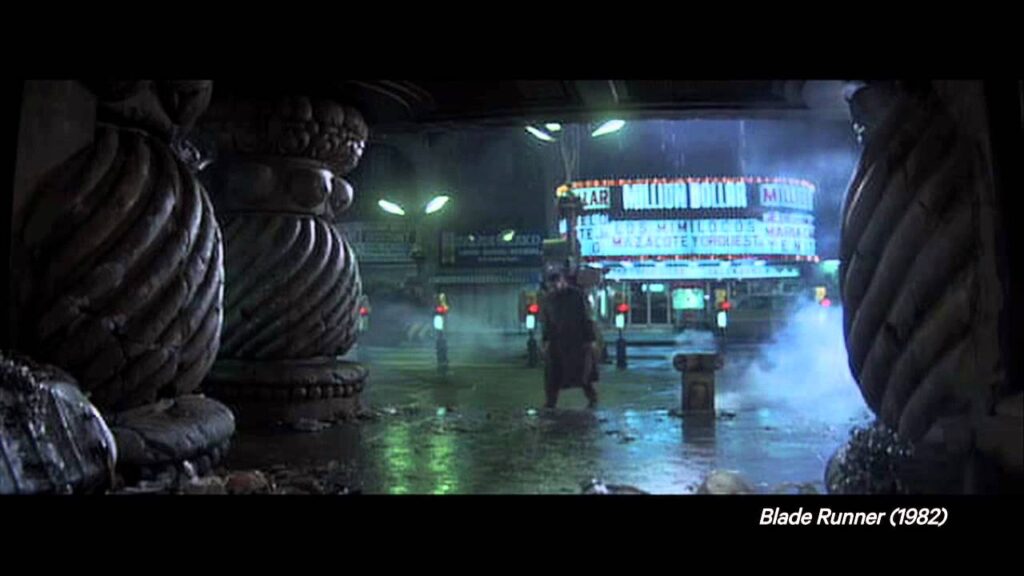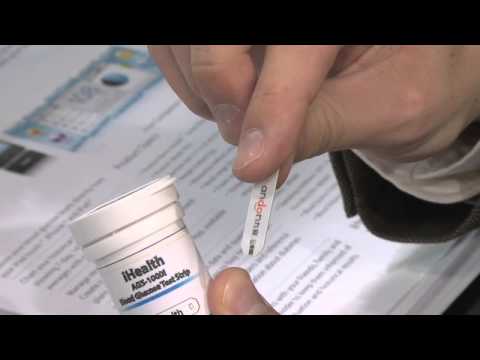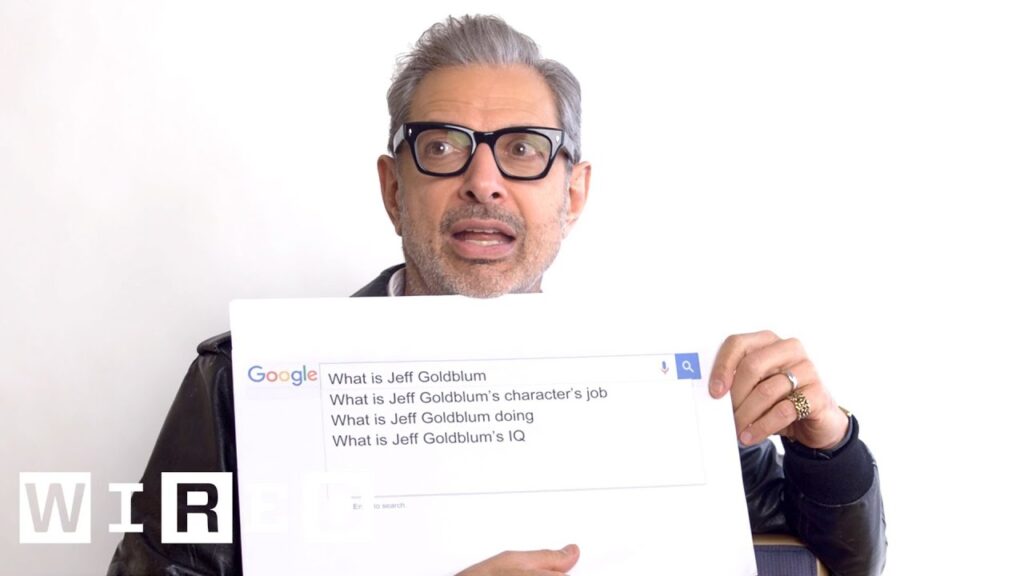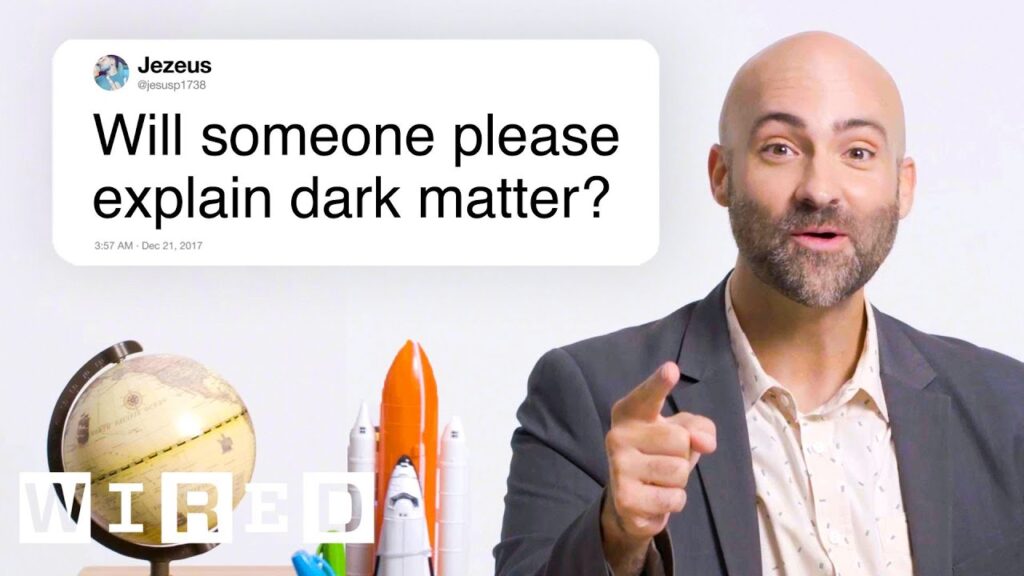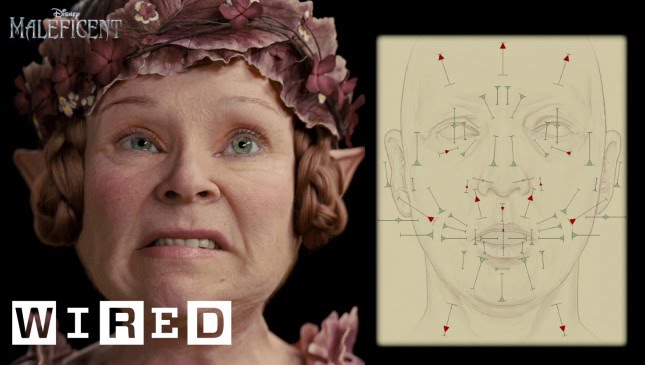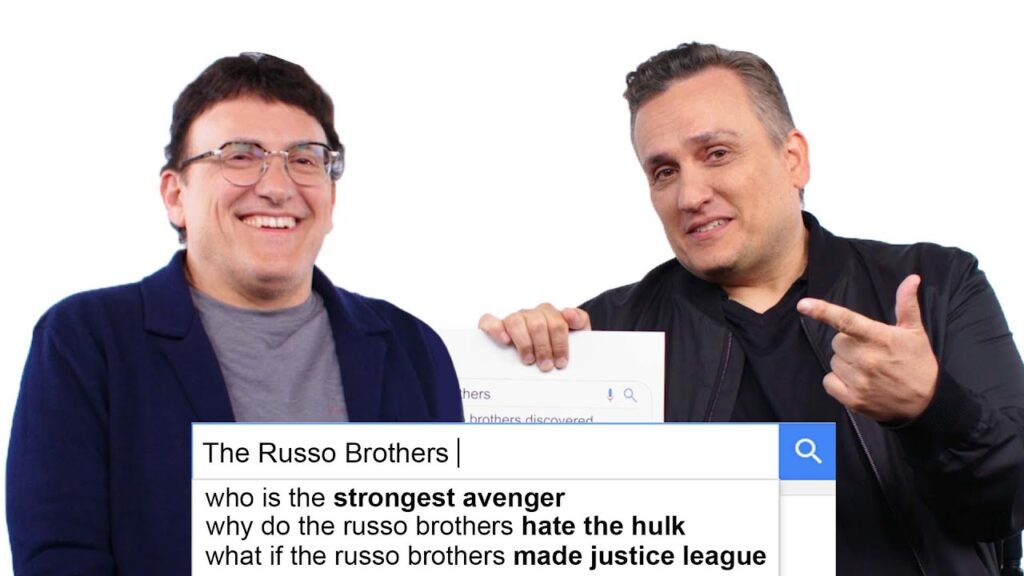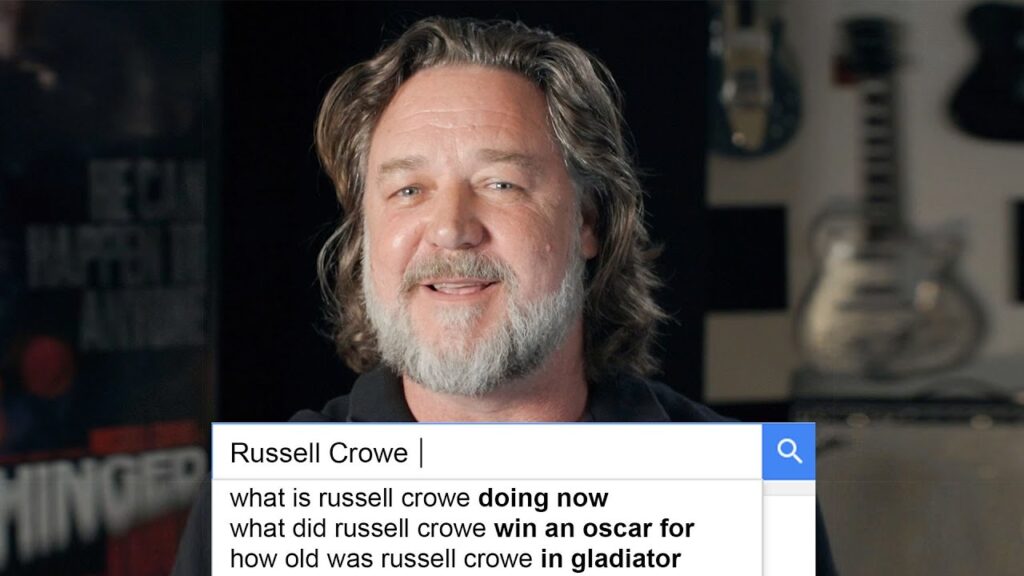Atomic clocks, Quantum Computing, and Sensing: Pushing the Boundaries of Sensitivity and Fundamental Limits
Summary
In this article, we explore the exciting fields of atomic clocks, quantum computing, and quantum sensing. While atomic clocks are already used in the GPS system, quantum computing and sensing are gaining popularity. Quantum sensing involves using quantum systems to measure physical phenomena, but noise can interfere with the signal. The challenge lies in suppressing noise and focusing on the signal. Breakthroughs in this area will come from a larger cross-section of scientists with diverse backgrounds in material science, chemistry, biology, engineering, and photonics.
Table of Contents
- Atomic Clocks and GPS
- Quantum Computing and Sensing
- Noise in Quantum Sensing
- Entangled Quantum Sensors
- Enhancing Quantum Sensing with NV Centers and Optical Sensors
- Breakthroughs in Quantum Sensing
Atomic Clocks and GPS
Atomic clocks are very precise devices that use the vibrations of atoms to tell time. They are already used in the GPS system to synchronize time between satellites and receivers on the ground. This synchronization is necessary for accurate location tracking.
Quantum Computing and Sensing
Quantum computing and quantum sensing are two fields that have gained popularity in recent times. Quantum computing involves using quantum systems to perform computations that are impossible with classical computers. Quantum sensing involves using quantum systems to measure physical phenomena with much higher resolution than classical sensors.
Noise in Quantum Sensing
Sensing small quantum objects can be done with much higher resolution using the nitrogen vacancy center in diamonds. However, the challenge lies in understanding the limits of coherence time and reducing noise sources that can affect the system. Charge noise is a major concern in superconducting qubits that use hybrid semiconductor superconductor structures. Any fluctuations can affect the quantum system and kick it out of its current state.
Entangled Quantum Sensors
Entangled quantum sensors are sensitive to each other, and their interactions can be a form of noise. Quantum sensing involves using superposition, but there is no agreed-upon definition. The excitement lies in pushing the boundaries of sensitivity, specificity, and fundamental physical limits by leveraging individual quantum degrees of freedom. It is possible to entangle quantum systems and perform quantum computations to improve sensing. The maximum number of spins that can be used in a single NV register is an interesting question that has been explored.
Enhancing Quantum Sensing with NV Centers and Optical Sensors
The speaker discusses the potential for densely packing NV centers and optical sensors to enhance quantum sensing. While there may be limitations due to noise and the diffraction limit of light, some groups are exploring ways to read out the spin state of NV centers electrically using tiny electrodes. The application for this technology is sensing, but the challenge lies in initializing and reading it out.
Breakthroughs in Quantum Sensing
The speaker believes that breakthroughs will come from a larger cross-section of scientists with diverse backgrounds in material science, chemistry, biology, engineering, and photonics. Quantum sensing aims to harvest unique properties at the microscale to enable new technologies and measurements that are currently impossible. With continued research and development, quantum sensing has the potential to revolutionize many fields.
Conclusion
In conclusion, atomic clocks, quantum computing, and quantum sensing are exciting fields that are pushing the boundaries of sensitivity and fundamental physical limits. While there are challenges in reducing noise and understanding the limits of coherence time, breakthroughs will come from a larger cross-section of scientists with diverse backgrounds. Quantum sensing has the potential to revolutionize many fields and enable new technologies and measurements that are currently impossible.
